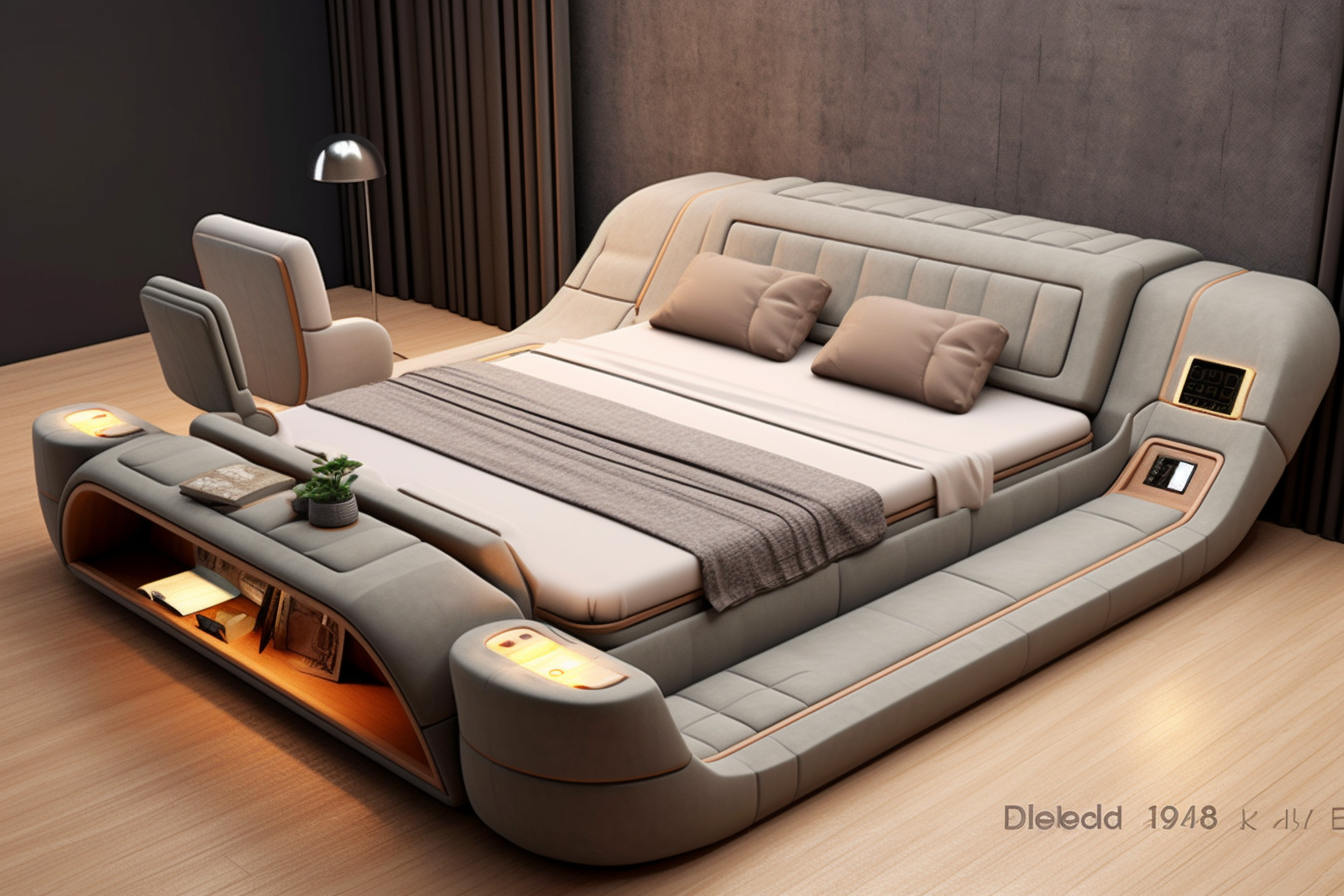Lighting plans to enhance comfort and functionality
Lighting defines how a living room feels and performs. Thoughtful plans balance ambient, task, and accent light to support relaxation, socializing, and focused tasks. This short overview highlights how layout, furniture placement, color and texture choices, storage, acoustics, ergonomics, zoning, multifunctional use, decor, and sustainability all inform practical lighting decisions.

A good lighting plan starts by considering how the living room is used throughout the day and evening. Rather than relying on a single overhead fixture, combine ambient, task, and accent lighting to create layers that support different activities. Pay attention to sightlines and furniture placement so lights don’t glare into screens or seating. Integrating lighting with storage, decor, and acoustic treatments helps the room feel cohesive and comfortable. Sustainable choices such as LEDs and daylight optimization reduce energy use while maintaining flexibility for work, leisure, and social moments.
How can layout and zoning support multifunctional use?
Arrange furniture to create distinct zones for conversation, media, reading, and work. Use rugs, shelving, or low-profile storage to mark areas without blocking light. Place ceiling or track lights over general zones and add floor or table lamps to highlight task areas. Zoning helps you select lighting types and control them independently—dimmable ambient fixtures for movie nights, bright task lamps near a workspace, and softer accent lights for seating nooks. Thoughtful zoning with complementary lighting maintains visual flow while enabling each area to function effectively without excessive fixtures.
How can lighting and ergonomics improve comfort?
Ergonomic lighting reduces eye strain and supports posture during tasks. Position task lights so they illuminate reading or computer work without casting shadows or creating screen reflections. Adjustable arms and swivels let users direct light where needed, and dimmers or tunable white LEDs allow brightness and color temperature adjustments for different times of day. Consider fixture height and beam spread to avoid glare for seated users. Lighting controls at reachable heights and smart scenes tailored to activities can make the room more comfortable and reduce the risk of visual fatigue during prolonged use.
How should furniture and storage be arranged for effective lighting?
Furniture placement influences where light is necessary and how it distributes. Low seating keeps sightlines clear for recessed or pendant fixtures; tall cabinets may require integrated shelf lighting to avoid dark corners. Combine storage with lighting—shelving with LED strips showcases decor and improves visibility for stored items. Locate reading chairs near outlets for table or floor lamps, and position media consoles to minimize screen reflections. Multifunctional furniture with built-in lighting or power outlets supports flexible use while maintaining a tidy, well-lit environment.
How do color, texture, and decor affect light quality?
Color and texture change light behavior: light walls and glossy surfaces reflect and amplify illumination, while matte finishes and darker tones absorb light and create cozier moods. Use this knowledge to balance fixture output and placement. Textiles like curtains and upholstery soften light and reduce glare while contributing to acoustics. Pick color temperatures that render fabrics and materials accurately—warm whites for earthy palettes, neutral or cooler whites for cooler schemes. Accent lighting can enhance textures and decor elements, creating depth without overwhelming the primary lighting scheme.
How can acoustics be managed alongside lighting choices?
Acoustic treatments influence both sound and light. Soft materials—rugs, curtains, upholstered furniture—absorb sound and diffuse light, reducing harsh reflections. Hard surfaces that improve light reflectivity may increase reverberation, so balance reflective finishes with absorptive elements. When using pendant or track lighting, position fixtures to avoid creating unwanted echoes from flat surfaces. Integrated acoustic panels with recessed or embedded LEDs can address sound and illumination simultaneously, preserving comfort for conversation and media use while keeping the lighting design clean and functional.
How does sustainability factor into lighting plans?
Sustainable lighting reduces energy use and maintenance while supporting comfort. Choose energy-efficient LED fixtures with good lumen-per-watt ratings, and prefer products with dimming compatibility and long rated lifespans. Maximize daylight through window treatments and furniture layout to lower daytime artificial lighting needs. Select fixtures made from recyclable or durable materials and plan for easy access to replaceable components. Smart controls and occupancy sensors can further trim consumption without sacrificing convenience, and modular fixtures simplify future upgrades for changing needs and decor.
Thoughtful lighting design addresses layout, lighting layers, furniture, color and texture, storage, acoustics, ergonomics, zoning, multifunctional needs, decor, and sustainability together. By layering light and integrating fixtures with the room’s physical and functional elements, you can create a living room that is comfortable, adaptable, and visually cohesive across a range of everyday uses.





